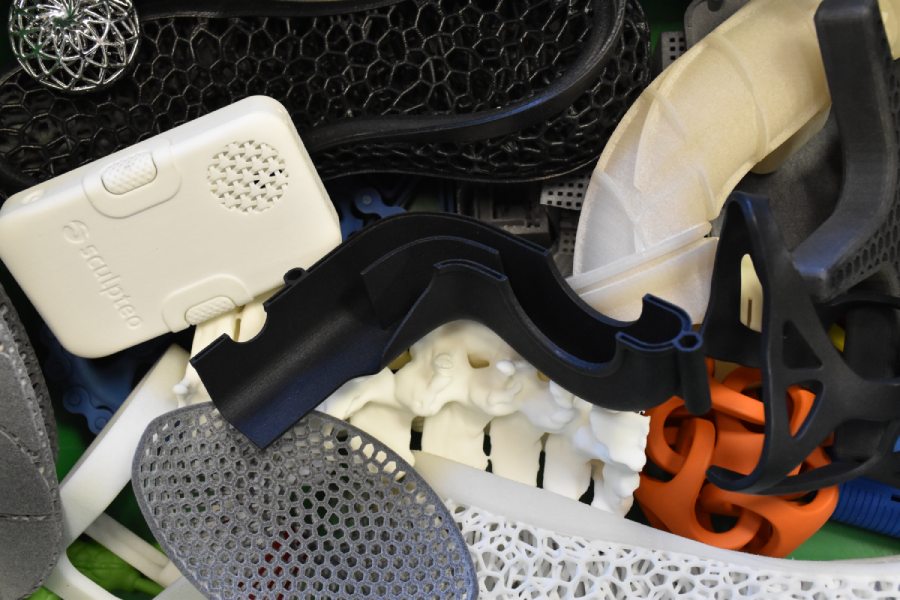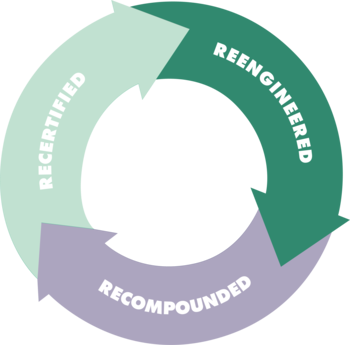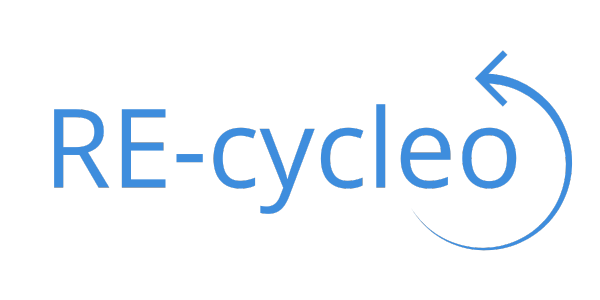The process will be pretty straightforward: if you are already one of our customers and want to join the movement, all you have to do is to send us your parts, including the “authorization of destruction” with your approval and signature. And, since we know how important industrial secret and confidentiality are, we will be ensuring that the only way your parts leave our factory is when they have been crushed to bits.
Here are the steps that your parts will be going through, once we’ve received them:
1. Collection & Sorting
The first step in the recycling process is to collect and sort the 3D printed parts depending on the material they’re made of, Nylon PA11 or Nylon PA12. The parts will be placed in octabins. One octabin can contain a couple hundred KG of parts. In order to optimize transportation, we will send Arkema’s Agiplast several of these full octabines along with our own batches of printing powder to be recycled.
2. Grinding
Once the nylon waste has been sorted, it is then ground into small pieces. To ensure the preservation of industrial secret and our clients’s confidentiality, the grounding will take place solely inside our Sculpteo manufacturing plant.
3. Compounding & Extrusion
This is where the magic happens: the moment when the real transformation of the recycled materials takes place. Once the ground nylon is received by our recycling partner Arkema, it goes through a compounding process where a new material will be developped. Recycled high-performance plastics require careful processing in order to preserve their original qualities, so the recompounding process is crucial in achieving another high-performance material. The compound can be customized to meet specific requirements for strength, flexibility, and color.
As the materials are compounded, they are also melted and homogenized through an extrusion process. The melted material is pushed through a die to create a consistent and uniform shape, which can later be used to form pellets. This process not only ensures the quality and consistency of the material but also removes any potential contaminants that may have been present in the original material.
5. Pelletization
The extruded nylon is then cooled and cut into small pellets. These pellets are the final state of the new material that can now be used to manufacture new items.
6. Injection molding and the creation of new items
The final step in the process is to use the recycled nylon pellets to create new products. In the case of injection molding, the pellets will be melted and injected into a mold to create a new plastic product, such as sunglasses, a helmet, or a suitcase.


 Connect with Google
Connect with Google Connect with Facebook
Connect with Facebook

